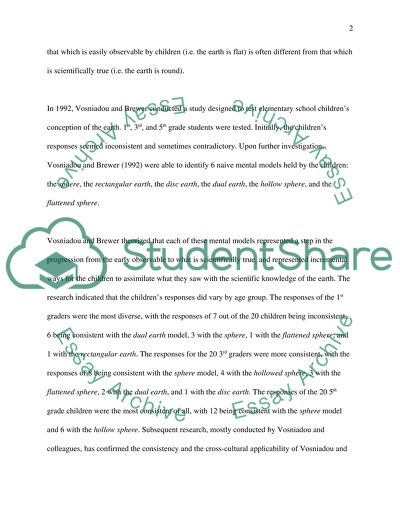Cite this document
(Children's Perceptions of the Earth as a Function of Age Research Paper, n.d.)
Children's Perceptions of the Earth as a Function of Age Research Paper. Retrieved from https://studentshare.org/sociology/1564871-research-report-childrens-understanding-of-the-earth
Children's Perceptions of the Earth as a Function of Age Research Paper. Retrieved from https://studentshare.org/sociology/1564871-research-report-childrens-understanding-of-the-earth
(Children'S Perceptions of the Earth As a Function of Age Research Paper)
Children'S Perceptions of the Earth As a Function of Age Research Paper. https://studentshare.org/sociology/1564871-research-report-childrens-understanding-of-the-earth.
Children'S Perceptions of the Earth As a Function of Age Research Paper. https://studentshare.org/sociology/1564871-research-report-childrens-understanding-of-the-earth.
“Children'S Perceptions of the Earth As a Function of Age Research Paper”, n.d. https://studentshare.org/sociology/1564871-research-report-childrens-understanding-of-the-earth.


